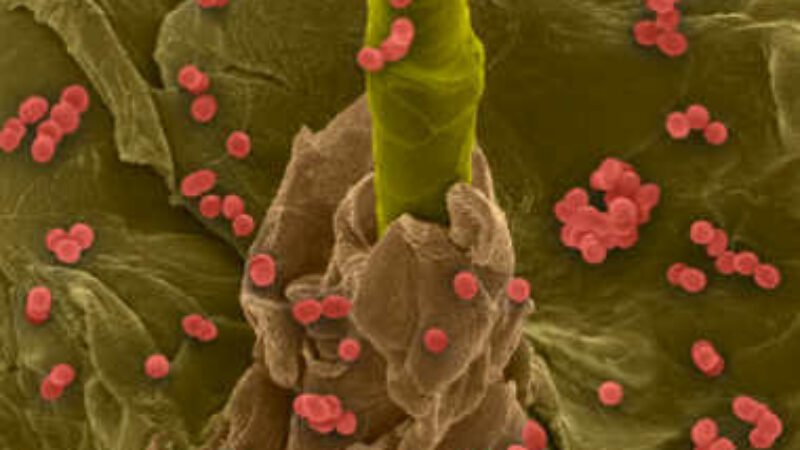While skin cancer and melanoma are obvious and ultimate signs of sun damage, unprotected exposure to UVA and UVB rays can manifest itself in other ways too:
1. Tan: A golden glow has long been ingrained in our minds as the picture of health, but in actual fact, a tan is the body’s way of trying to protect itself from the sun’s damaging rays by producing more melanin and darkening the skin. If you can’t give up the notion of tanned skin in the summer, opt for the safe and healthy method of a self tanner like Neostrata’s Natural InstaTan Self Tanner.
2. Sunburn: More than a tan gone wrong, sunburn is classified as a first degree burn. A sunburn is the skin cells’ reaction to being damaged by the sun’s UV rays. In order to repair the damage, the body increases the blood flow to the skin, causing the telltale redness. Staying out of the sun, plenty of liquids and a soothing and hydrating moisturizer like La Roche Posay Posthelios are key to a quick recovery.
3. Freckles: Just like tanned skin, freckles develop more in the summer when the skin is exposed to the sun. The UVB rays cause the skin to increase melanin production. More common for those with fair hair and skin, anyone, regardless of skin or hair color, can have freckles. Although generally harmless, freckles are a good indication of the amount of sun exposure you’re getting (and perhaps the need to protect yourself a bit more!). Keep a close eye on freckles, however, as some skin cancers can resemble freckles in their early stages.
4. Wrinkles: Sun damage accumulates over our lifetime and may eventually show up as wrinkles. Over time, the long and penetrating UVA rays break down collagen and elastin cells in our skin, resulting in sagging, wrinkles and fine lines. Sunscreen is the no. 1 anti-aging weapon we have at our disposal.
5. Melasma: Melasma appears as a skin discoloration of dark, irregular patches on the face of adults. Although melasma is thought to be triggered by hormonal changes involving estrogen or progesterone, exposure to the sun’s ultraviolet rays can also contribute to melasma by stimulating melanocytes, or pigment- producing cells in the skin, causing the patches to darken.
6. Age spots: The term “age spots” is a bit of a misnomer as they are not caused by simple aging. These dark spots are the result of UV exposure and appear mainly on areas of the body typically exposed to the sun, such as the face, chest and back of the hands. Also known as solar lentigines, age spots are localized production of melanin. As with freckles, it’s a good idea to keep an eye out for any changes in color, shape or size of the spots that may indicate a more serious skin condition.
As always, play it safe in the sun, and when in doubt, check it out.



